Hale Habitat & Seed
Ethiopian Cabbage
Ethiopian Cabbage
FREE SHIPPING!
Couldn't load pickup availability
Ethiopian cabbage (Brassica carinata) is a cool-season leafy green that is part of the Brassicaceae family, similar to cabbage and kale. Native to East Africa, it is well-suited to a range of growing conditions and provides a nutritious food source. While it is typically cultivated for human consumption, its leaves and stems can also serve as a valuable wildlife food source, especially during winter when other forage options are scarce. It’s beneficial for deer, small mammals, and wild birds.
Benefits for Wildlife Habitat
✔ Nutritious, leafy greens that attract deer, wild turkeys, and small mammals.
✔ Fast-growing, offering early-season forage before other crops mature.
✔ High in vitamins and minerals, making it an excellent forage crop for wildlife.
✔ Provides cover and food during the cooler months, especially when planted as a winter food plot.
✔ Grows well in diverse climates, providing a consistent food source.
Planting Guidelines
-
Planting Times:
- Early Spring (March–April): Ideal for cool-season growth, best planted early to mature before the summer heat.
- Late Summer to Early Fall (July–September): Can be planted for fall and winter forage, especially in regions with mild winters.
-
Seeding Depth:
- ¼ to ½ inch deep to ensure proper germination.
-
Seeding Rates:
- Drilled: 5–8 lbs per acre for consistent stand establishment.
- Broadcast: 8–10 lbs per acre, followed by light raking or cultipacking to ensure good seed-to-soil contact.
-
Days to Maturity:
- 60–80 days from planting to full maturity, with leaves becoming usable in 50–60 days.
-
Drought Tolerance:
- Moderate – Ethiopian cabbage prefers consistent moisture for optimal growth, but it can tolerate periods of drought once established.
-
Saturated Soil Tolerance:
- Low – Prefers well-drained soils and is not tolerant of waterlogged conditions for long periods.
-
Shade Tolerance:
- Moderate to Low – Grows best in full sun but can tolerate light shade, especially in hotter climates.
Fertilization Guidelines for Ethiopian Cabbage
- Soil pH: Prefers slightly acidic to neutral soils with a pH range of 6.0–7.0.
- Nitrogen (N): Ethiopian cabbage has moderate nitrogen needs for optimal growth. A balanced application of 10–20 lbs of nitrogen per acre can promote healthy leaf production.
- Phosphorus (P): Apply 20–30 lbs P₂O₅ per acre to support root growth and early plant development.
- Potassium (K): Apply 30–40 lbs K₂O per acre to support overall plant health and resistance to disease.
Fertilization Timing:
- Apply phosphorus and potassium before planting, especially if soil tests indicate deficiencies.
- Nitrogen can be applied in split doses during early growth stages and when plants are actively growing.
Herbicide Use for Ethiopian Cabbage
-
Weed Management:
- Weed control is crucial during the early growth stages to prevent competition for nutrients and moisture. Once established, Ethiopian cabbage can tolerate some weed pressure.
-
Herbicide Options:
- Pre-emergence: Herbicides like Prowl H2O (Pendimethalin) or Treflan (Trifluralin) can be used to control grasses and broadleaf weeds before planting.
- Post-emergence: 2,4-D can be used to control broadleaf weeds after the crop has established.
Key Considerations:
- Always follow herbicide labels to avoid damaging the crop, especially during early growth.
Share
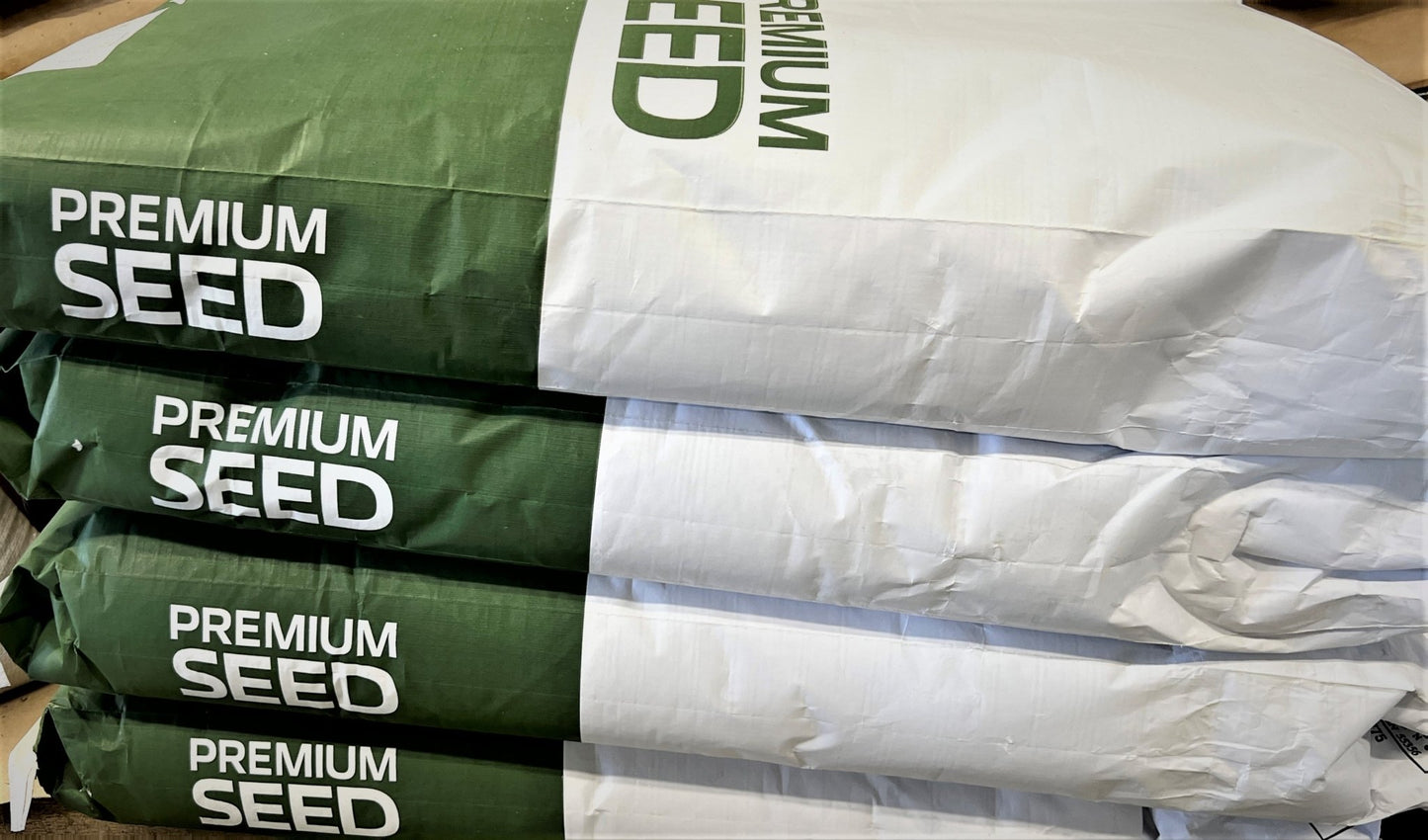
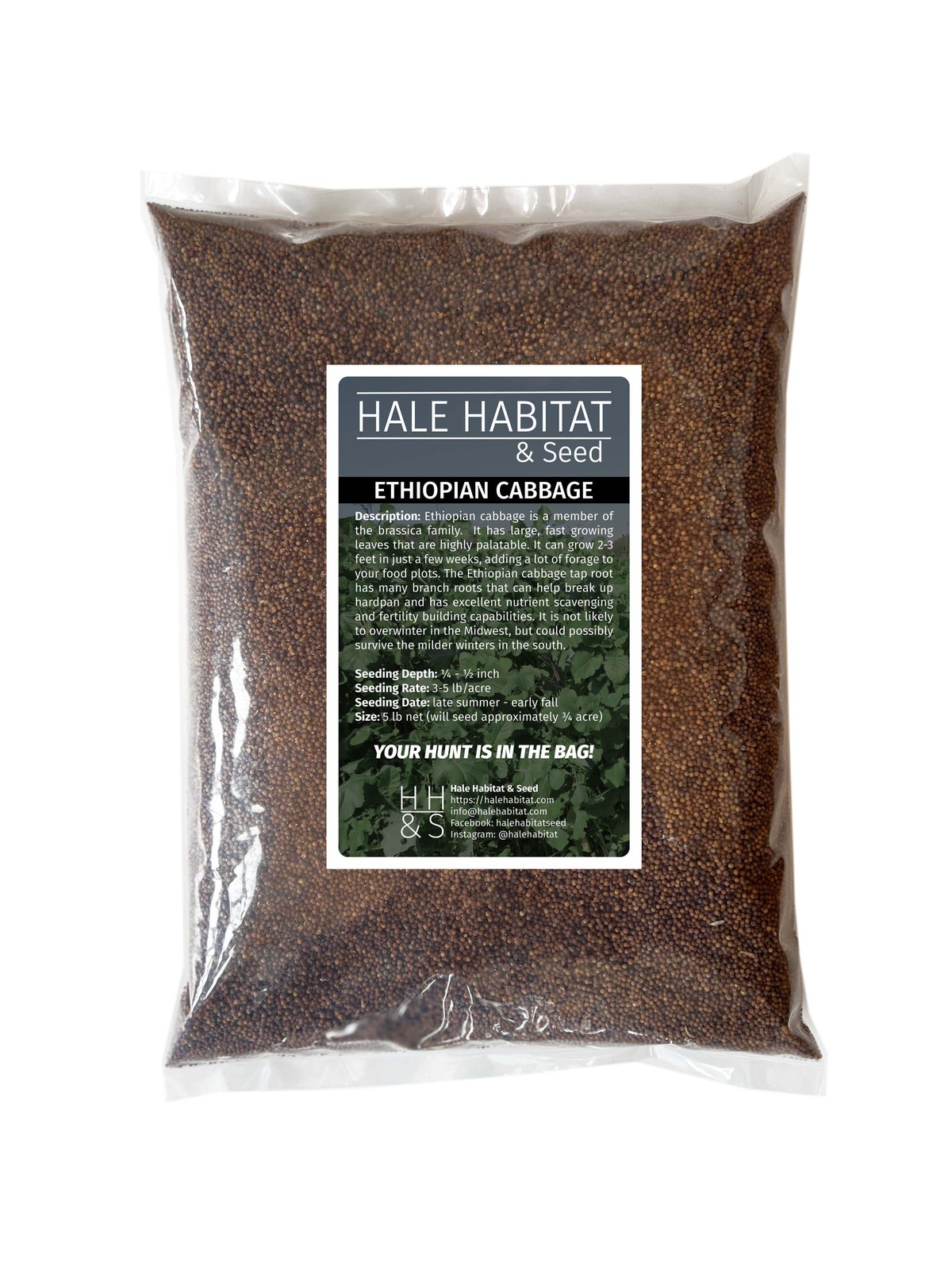
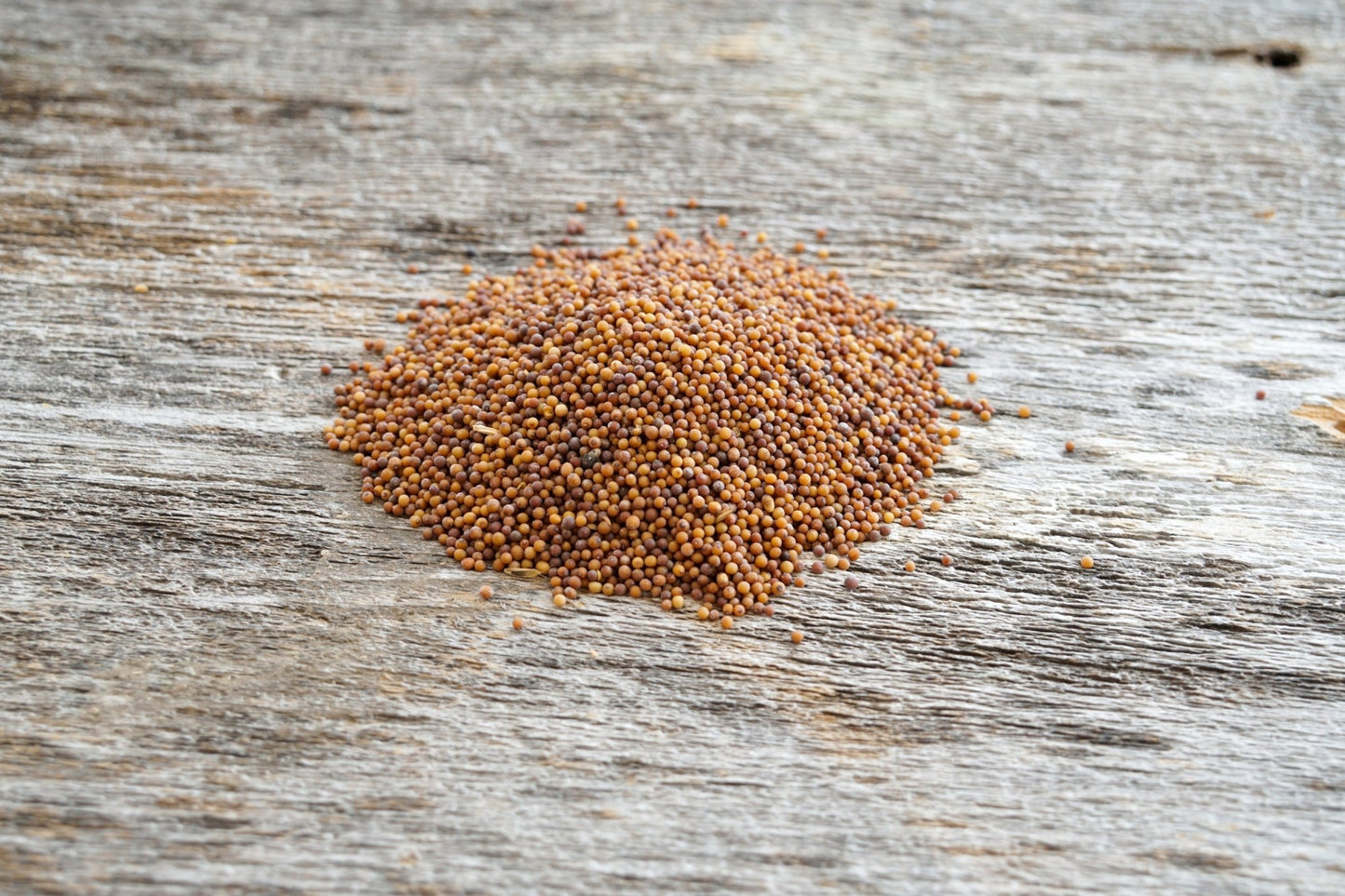
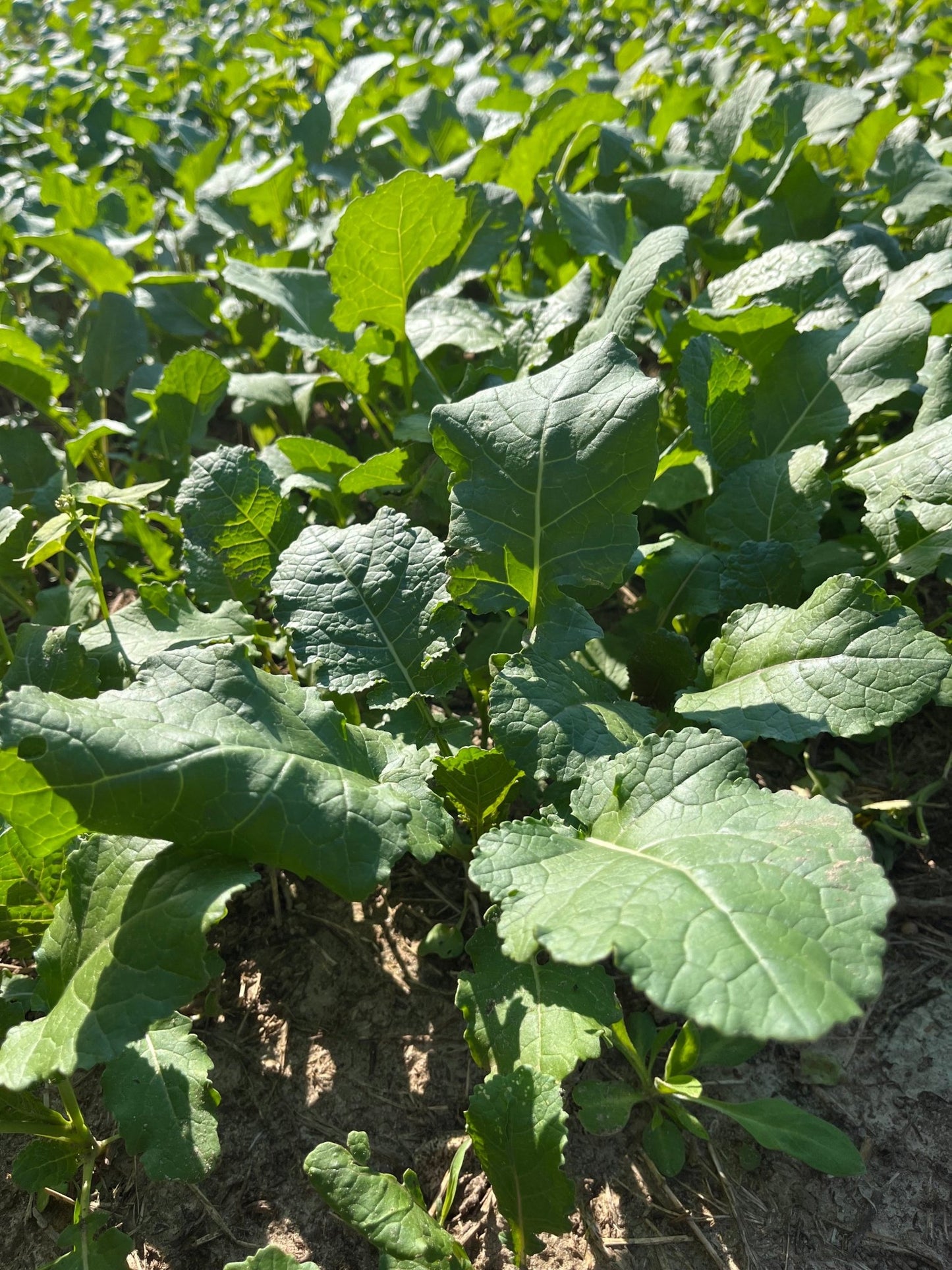
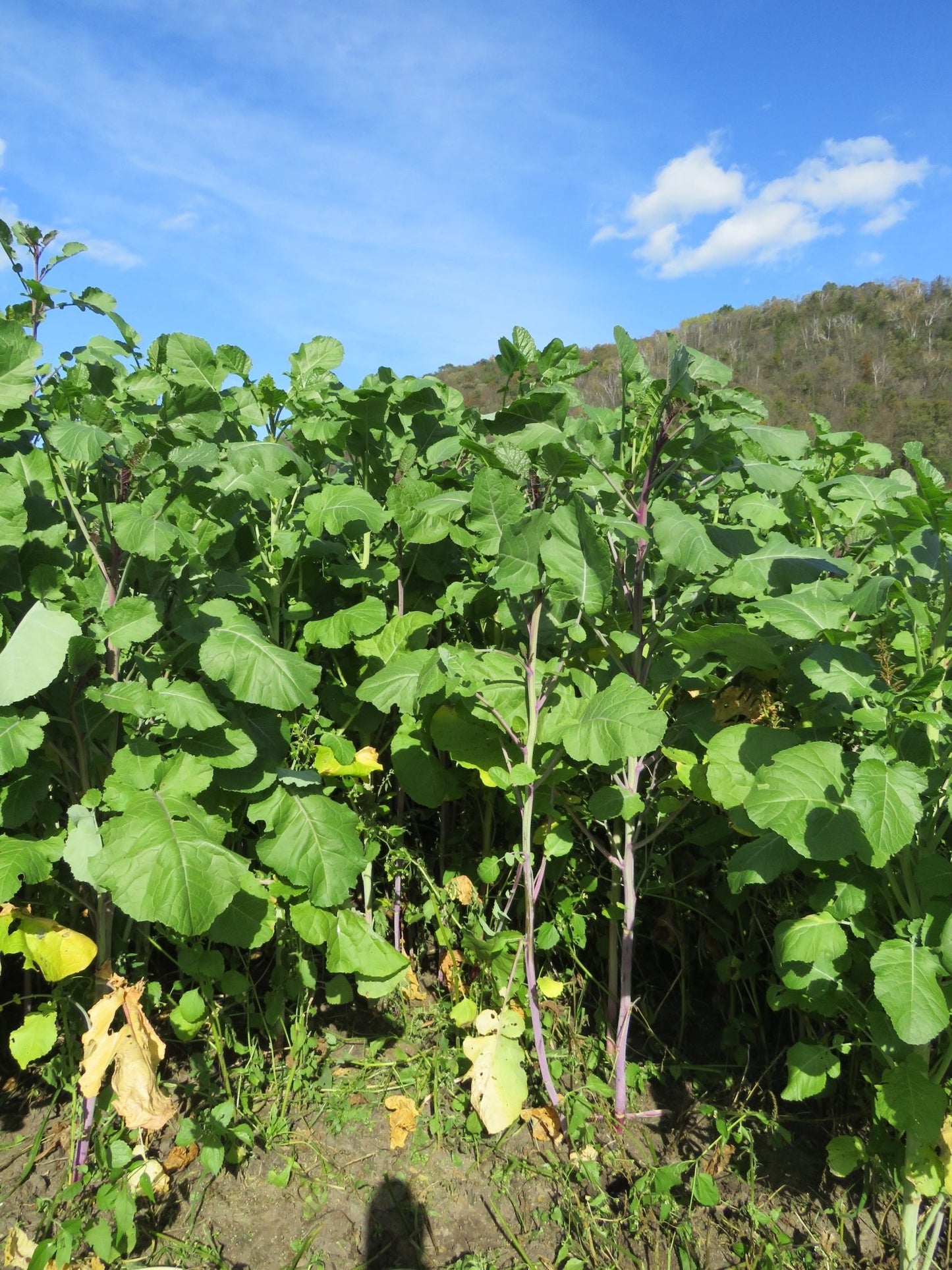
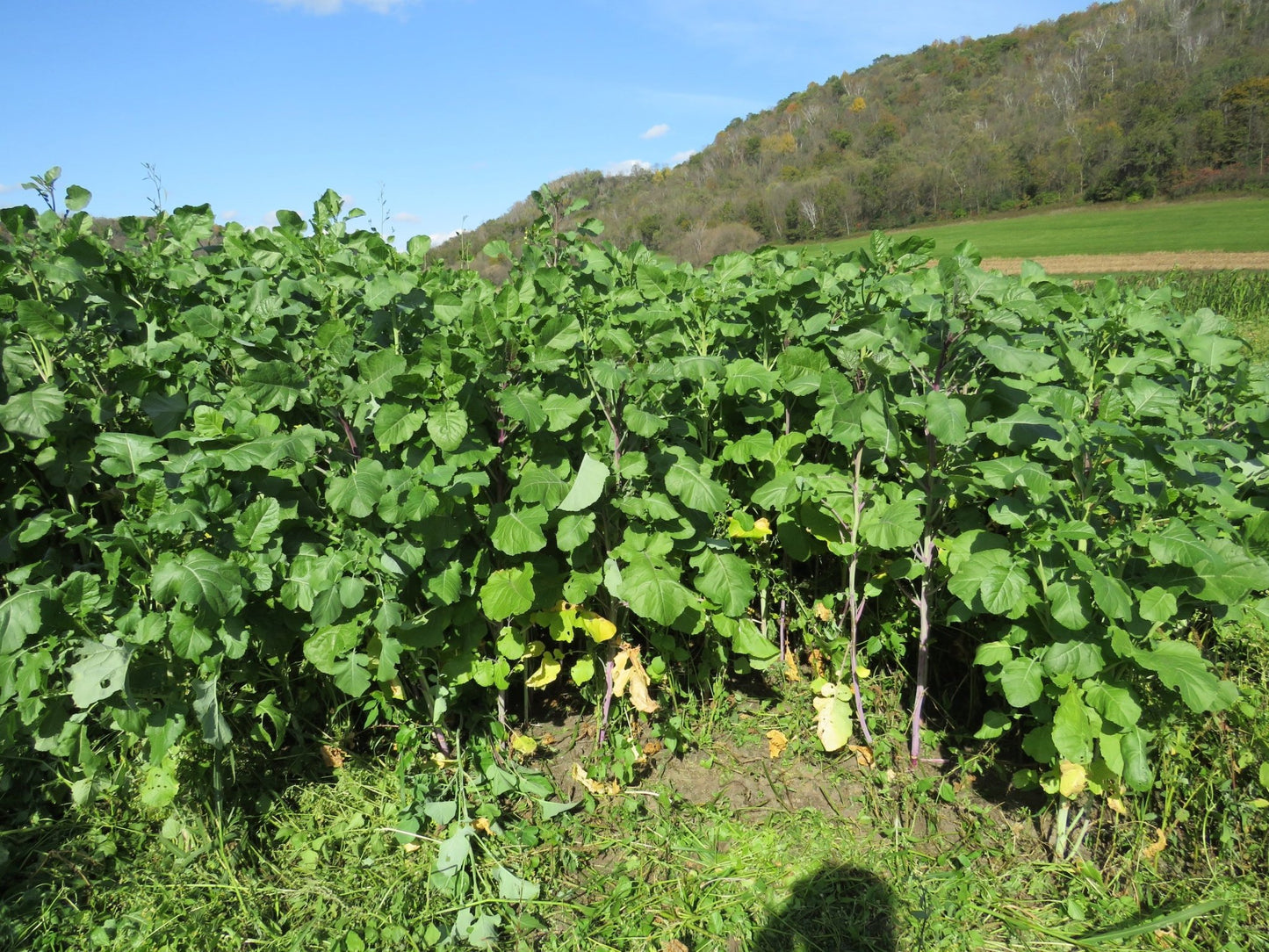
Can’t give it 5 stars yet as I haven’t planted it yet.all of my previous ordered seeds have grown well. Trying this out for cover crop this year.






